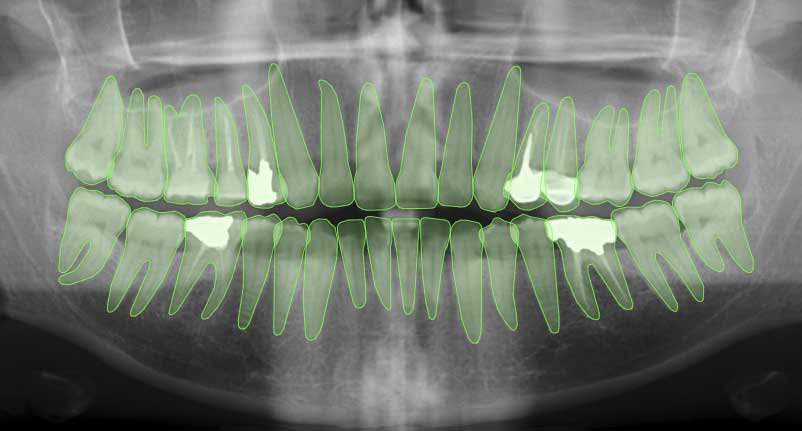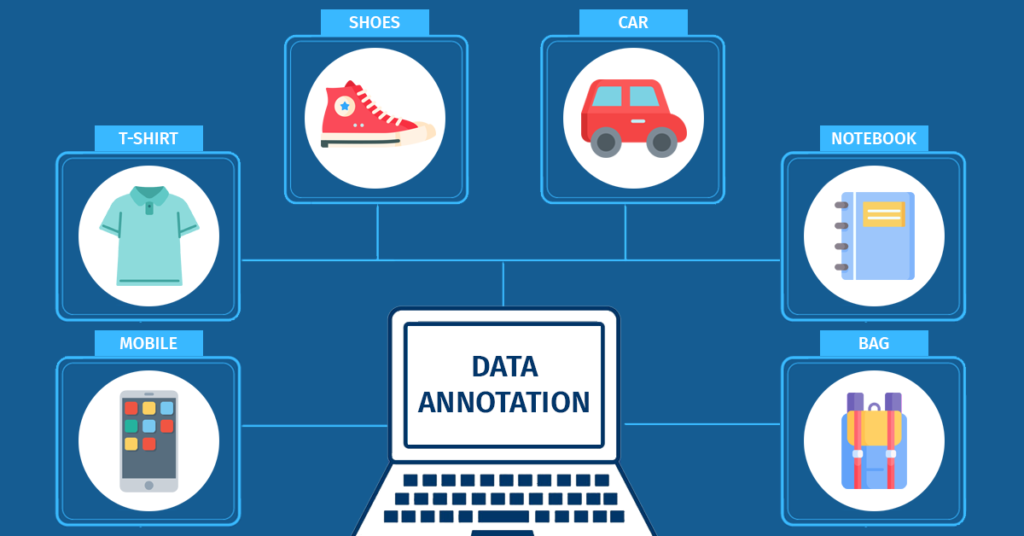
Semantic Segmentation is a Computer Vision technique used to identify and separate different objects or regions within an image. Unlike traditional segmentation methods that rely solely on physical attributes such as brightness, contrast, or color, semantic segmentation operates based on the actual content and meaning within the image. In this article, we’ll explore how it works and where it’s commonly applied.
What is Semantic Segmentation?
Semantic segmentation divides an image into meaningful regions, where each pixel is assigned to a specific class. Once segmented, the image can be used for further Computer Vision tasks like detection, tracking, or recognition.
Deep learning models, particularly Convolutional Neural Networks (CNNs), are widely used for semantic segmentation. These models are trained on large annotated datasets where every pixel is labeled according to its class. Once trained, the model can analyze new images and assign a class label to every pixel based on learned patterns.
What is Instance Segmentation?

Instance segmentation is closely related but goes one step further. Instead of only labeling pixels by category (e.g., person), it assigns unique IDs to distinguish between individual objects of the same class.
For example, in an image with multiple people, semantic segmentation would mark all human pixels as person. Instance segmentation, however, would label each person separately — person_1, person_2, etc.
Popular Semantic Segmentation Algorithms
CNN-based architectures are dominant in this domain. Some widely adopted models include U-Net, Mask R-CNN, and DeepLab. Each model has its strengths: Mask R-CNN is often used for instance segmentation, while DeepLab excels at handling small or detailed objects within semantic segmentation tasks.
Evaluation Metrics for Semantic Segmentation

The most common metric for evaluating segmentation models is Intersection over Union (IoU) — calculated as the overlap between predicted and ground truth segmentation masks divided by their union. A score closer to 1 indicates higher accuracy.
Other useful metrics include Dice coefficient, F1 score, and Mean Accuracy.
Advantages and Limitations of Semantic Segmentation
Key advantages:
- Provides highly detailed image understanding by identifying objects at the pixel level.
- Applicable across a wide range of industries — from autonomous vehicles to healthcare.
- Easy to build and train thanks to modern deep learning frameworks.
Limitations:
- Struggles with objects that have irregular or deformable shapes (e.g., animals, plants).
- Occluded or partially visible objects often lead to misclassification.
- Requires large annotated datasets, which can be expensive and time-consuming to prepare.
This is where Coral Mountain’s semi-automated segmentation tools can significantly reduce labeling effort by allowing users to generate segmentation masks with minimal manual input.
Applications of Semantic Segmentation

Semantic segmentation is widely used across various industries:
- Autonomous Driving: Identifying vehicles, pedestrians, road lanes, sidewalks, traffic signs and lights to enable safe navigation.
- Medical Imaging: Detecting and labeling organs, tissues, or abnormalities in MRI or dental scans to support diagnosis.
- Augmented Reality (AR) and Virtual Reality (VR): Recognizing surfaces and objects to enable realistic digital overlays.
- AI-based Image Editing: Features like Apple’s subject extraction rely on semantic segmentation to isolate and manipulate specific regions in an image.
As the field evolves, semantic segmentation models are becoming more accurate, efficient, and adaptable. The biggest bottleneck remains dataset creation — but platforms like Coral Mountain are helping streamline that process through intelligent annotation tools, making adoption faster and more accessible.
Coral Mountain Data is a data annotation and data collection company that provides high-quality data annotation services for Artificial Intelligence (AI) and Machine Learning (ML) models, ensuring reliable input datasets. Our annotation solutions include LiDAR point cloud data, enhancing the performance of AI and ML models. Coral Mountain Data provide high-quality data about coral reefs including sounds of coral reefs, marine life, waves….
Recommended for you
- News
Outsourcing your data annotation tasks is not always an easy decision. This article helps you evaluate...
- News
Essentials of Video Annotation: Types, Techniques, and Applications for Enhanced Machine Learning Models Have you ever...
- News
3D point clouds have become essential in fields such as robotics, autonomous vehicles, and forestry. Compared...
Coral Mountain Data
Office
- Group 3, Cua Lap, Duong To, Phu Quoc, Kien Giang, Vietnam
- (+84) 39 652 6078
- info@coralmountaindata.com
Data Factory
- An Thoi, Phu Quoc, Vietnam
- Vung Bau, Phu Quoc, Vietnam

Copyright © 2024 Coral Mountain Data. All rights reserved.



